F75 Viking Shield
The wide surface allows warriors to form a protective wall—one of the most feared tactics in Viking warfare. During battle, these overlapping shields became an unstoppable defense, pushing through enemy lines with force and unity.
| Brand |
|---|
Category: Shield
Description
F75 Viking Shield – A Historical Legacy of Norse Defense
The F75 Viking Shield is not just a replica of an ancient weapon—it’s a window into the life of the Norse warrior. From the 8th to the 11th century, the Vikings used shields like this as both protection and symbols of their identity. With a bold round shape and solid build, this shield reflects the heart of Viking warfare, tradition, and craftsmanship.
The Viking Shield in Battle
In Viking warfare, the shield was essential. Swords and axes were tools of attack, but shields were a warrior’s first defense. The circular design of the F75 shield matches historical finds across Scandinavia. Made from wooden planks and often reinforced with leather or metal, shields like this were light enough to move quickly but strong enough to stop an enemy’s blow.
The Vikings often used the shield wall technique. Warriors stood close together, shields overlapping, forming a line of defense that was nearly impossible to break. In this way, the shield was not just personal armor—it became part of a united force.
Materials and Structure
Original Viking shields were made from fir, pine, or linden wood. These woods were chosen for their light weight and strength. The F75 Viking Shield continues this tradition with a solid wood base. A central iron boss, a domed metal plate, protects the hand during battle and adds weight where it’s needed most.
The iron boss also served offensive purposes. Vikings could punch forward with it, disorienting their enemies. This blend of offense and defense made the Viking shield unique and highly effective.
Symbolism and Personal Style
Shields were more than just tools. They were personal and cultural symbols. Many Viking shields were painted in bold colors—reds, yellows, and blacks were common. They might show family emblems, Norse runes, or mythological symbols. These decorations helped identify warriors in battle and told stories of their lineage or faith.
Legacy in History
Archaeological finds from Viking burial sites show that shields were often placed with the dead. This tradition proves that shields were not just for war—they were part of a warrior’s identity. A well-made shield was an extension of the self, a symbol of readiness and honor, even in death.
Conclusion
The F75 Viking Shield is a powerful reminder of how Norse warriors lived, fought, and believed. With historical roots, authentic design, and symbolic detail, it honors a fierce and proud culture. Whether for display, study, or reenactment, this shield carries the legacy of Viking strength into today’s world.
Reviews (0)
Be the first to review “F75 Viking Shield” Cancel reply
About brand
We deals in khukries, daggers, knives, swords, medieval helmets, axes, shields, walking sticks, bugles, nautical, chain mail, horn items, etc.
Shipping & Delivery


Khukriwala Handicraft
We deals in Khukries, Daggers, Knives, Swords, Axes, handcuffs, Medieval helmets, Shields, Walking sticks, Bugles, Nautical, chain mails, horns and bone items, Leather items, miscellaneous items etc. We also do custom work.
Our Vision
- Our Products are handmade by the team of dedicated artisans and craftsmen who are richly experienced in their fields and products are thoroughly inspected by our quality control personnel’s at every stage of production.
- Each item is carefully and elegantly handmade with traditional skill handed down to us from centuries of experience and reliability.
- Our items include show pieces of historical & ancient figures reproduce to their originality and shape.
All our items are blunt edge. Handmade hand polished. Need to apply on blade to avoid rust. Items manufactured as manufactured in olden days. Not Novelty.


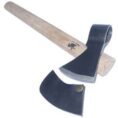
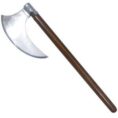
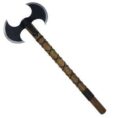
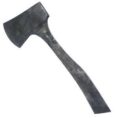
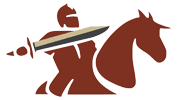



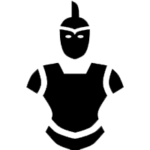
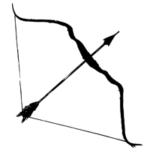


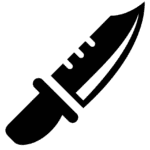
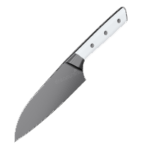








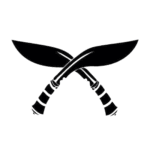




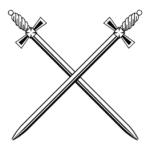




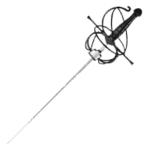



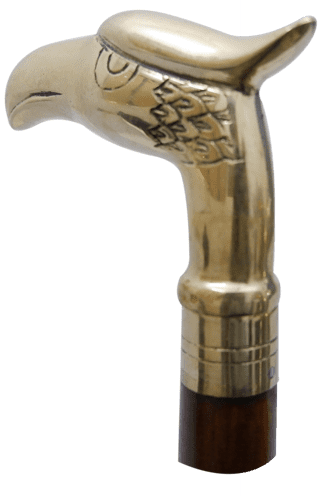
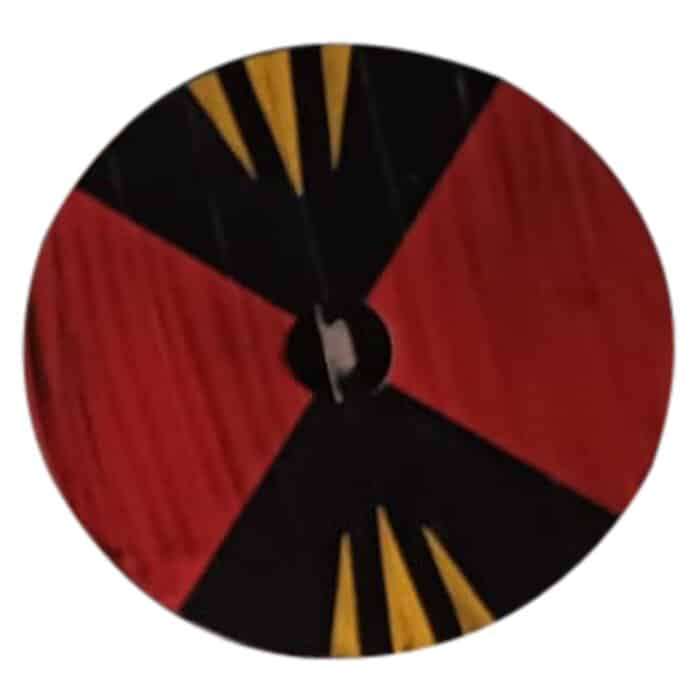
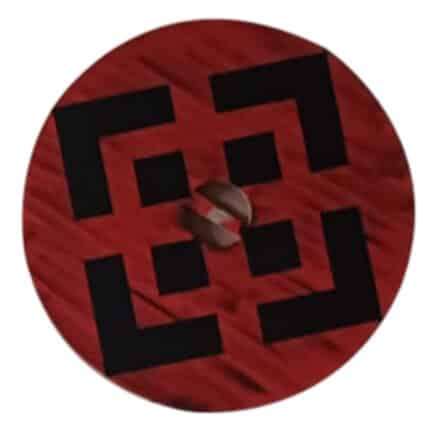
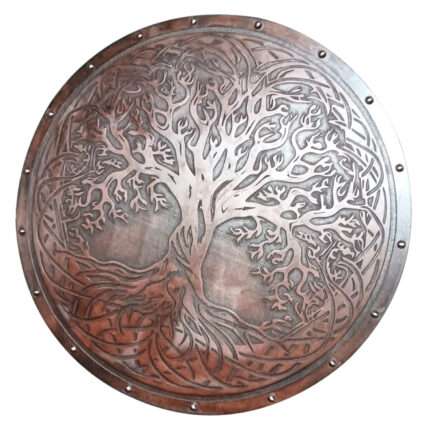
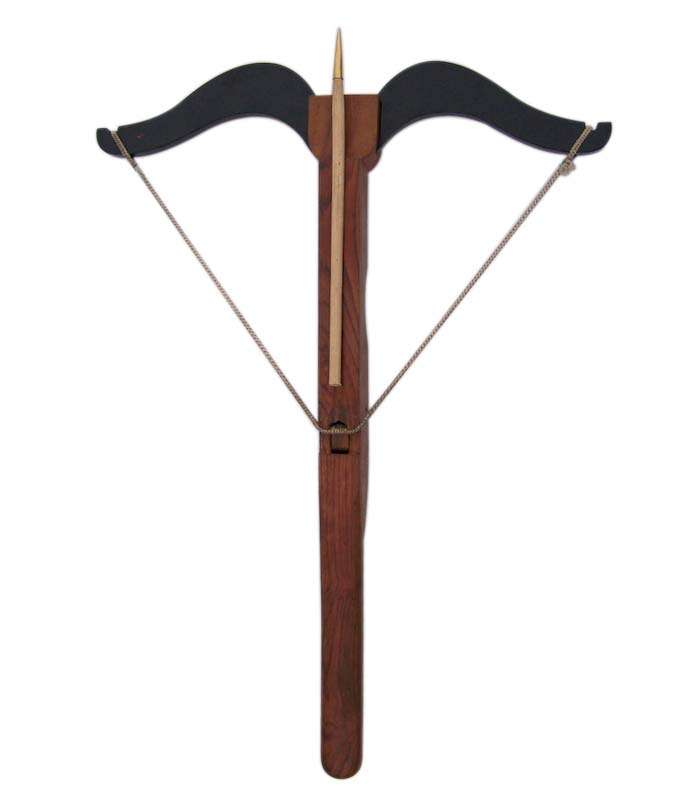


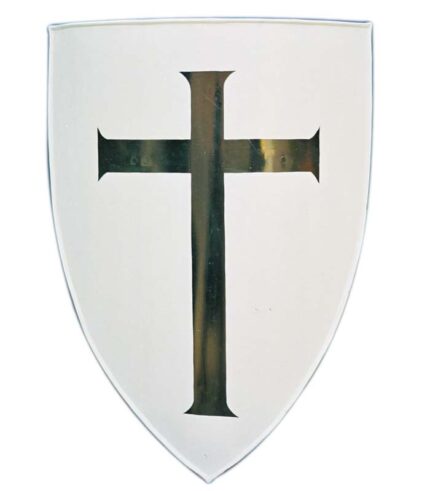
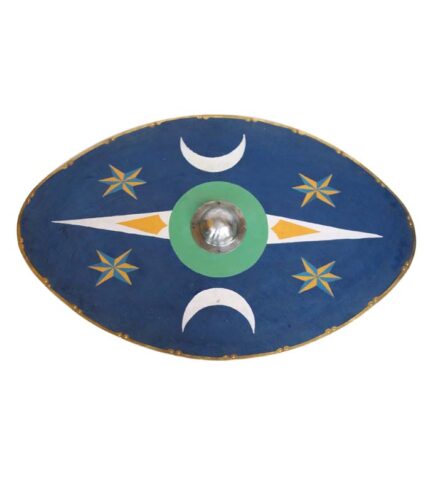
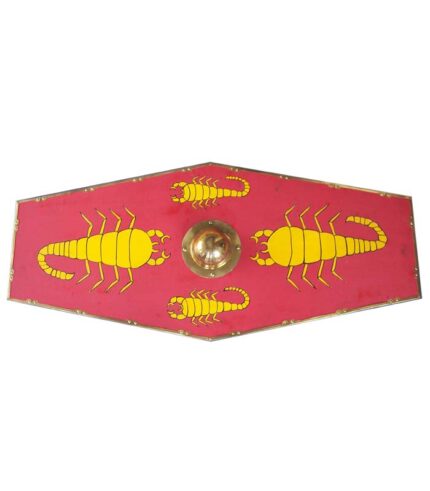
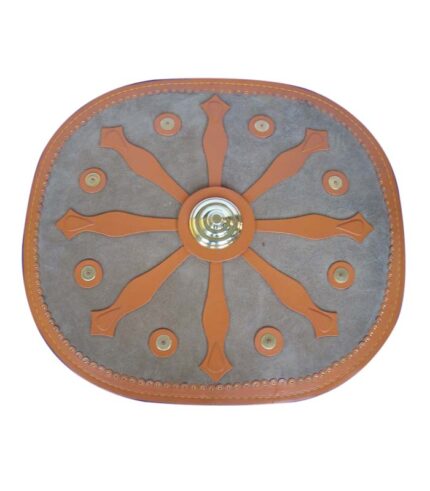
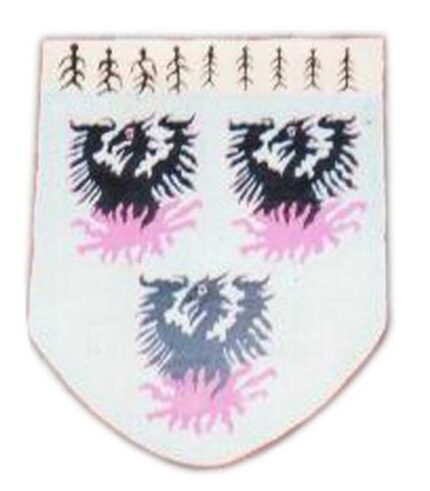
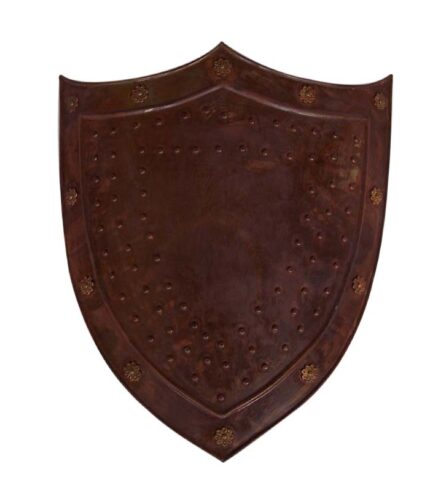
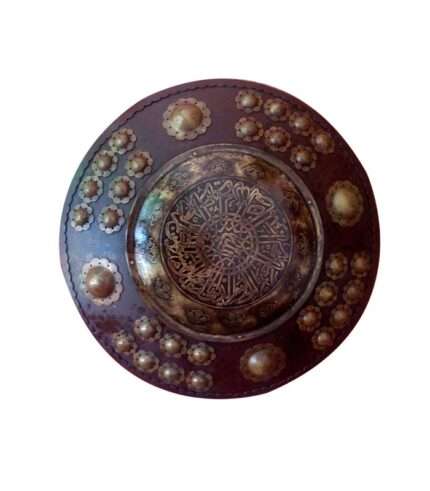
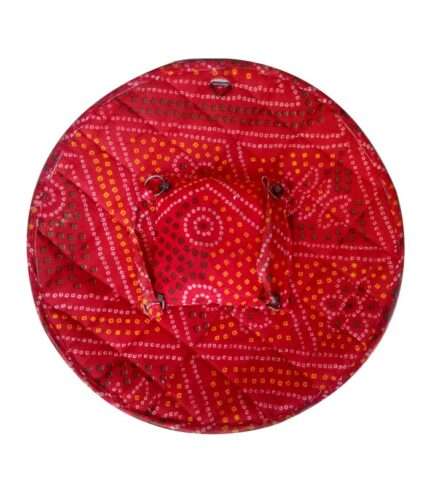
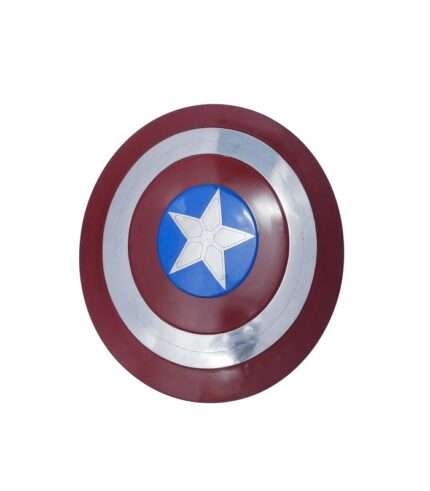
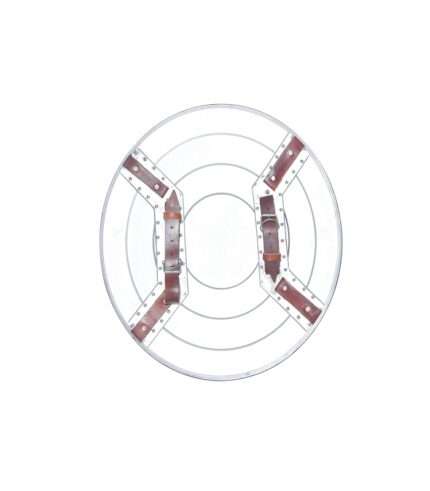
Reviews
There are no reviews yet.